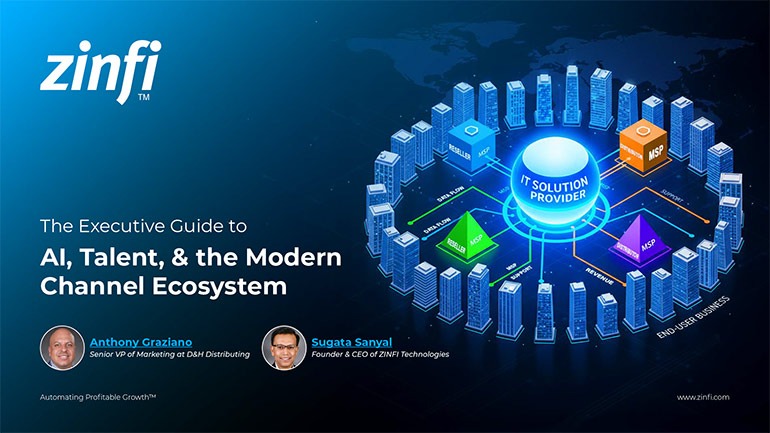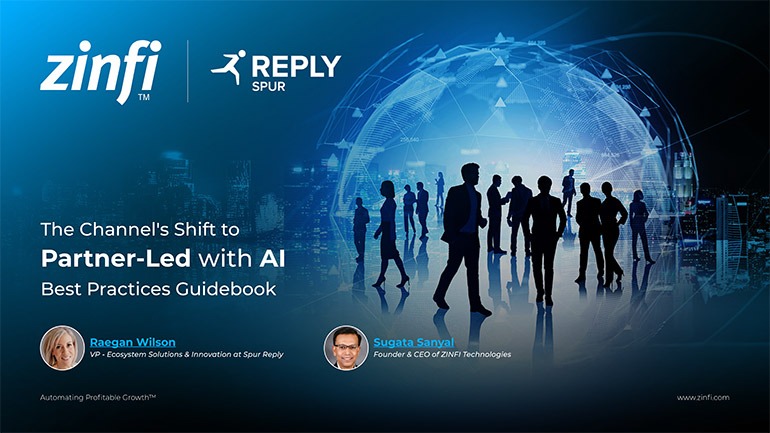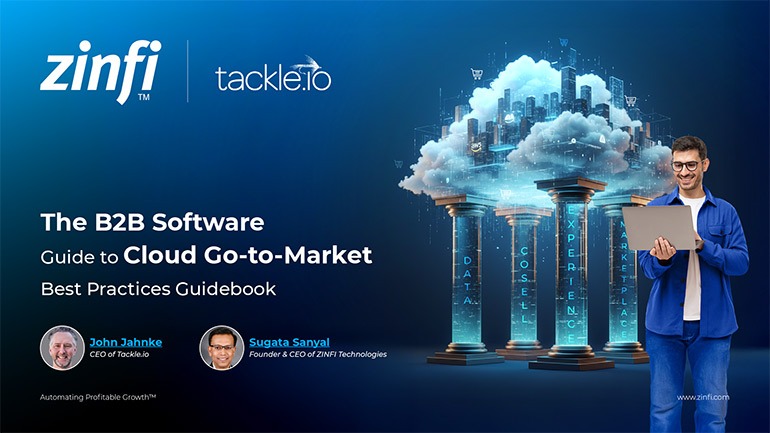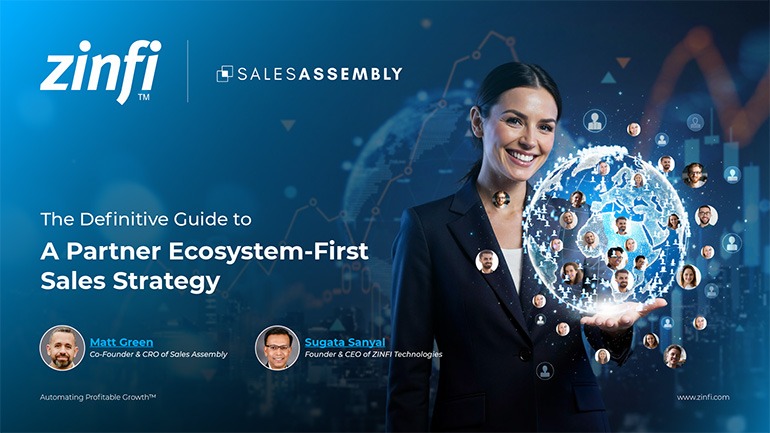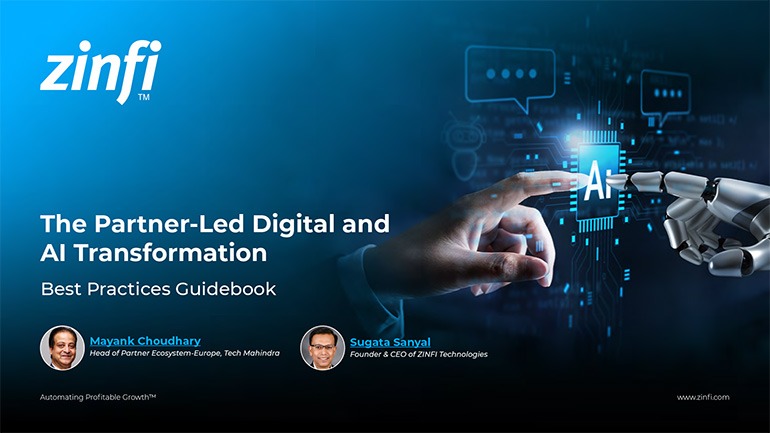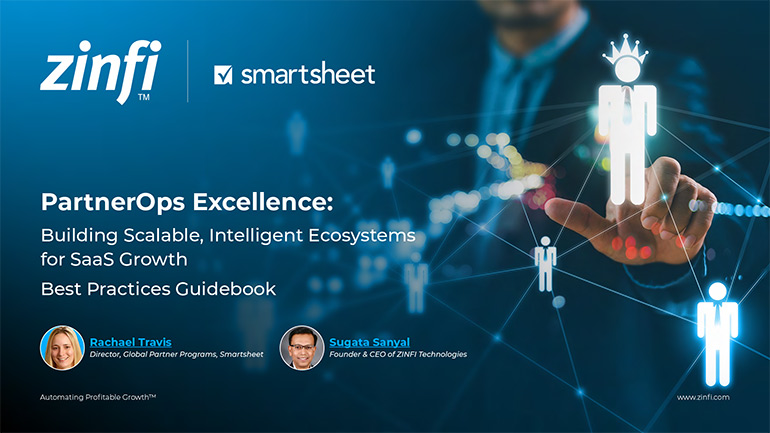Rachael Travis's journey into leading global partner programs at Smartsheet is deeply rooted in her six years of service in the U.S. Army by way of the United States Military Academy at West Point. Her time at West Point focused on honing leadership capabilities and building high-performing teams, skills she has carried forward throughout her career. A pivotal experience was her 15-month deployment to Afghanistan in 2007, during a challenging period when resources were primarily focused on Iraq. This environment demanded immense grit, creativity, and the ability to work across nations and diverse cultures to achieve a common mission, teaching her critical lessons in leading with empathy and collaborating under immense pressure.
Her military experience provided invaluable transferable skills for her civilian career in partner operations. One key lesson was the ability to break down large, ambiguous missions into smaller, bite-sized tasks that individual teams can execute against. This is particularly relevant in partnerships, which often present comprehensive, strategic concepts that must be translated into actionable plans. Furthermore, the military taught her how to build relationships and influence others without direct authority, a crucial skill in complex partner ecosystems where success relies on rallying diverse stakeholders around a shared vision.
The transition from managing physical logistics and equipment in the military to dealing with bits and bytes in a pure-play software world revealed that while the "widgets" are different, the underlying concepts and frameworks for problem-solving remain consistent. This includes planning, deploying the best resources, and optimizing for efficiency and effectiveness. Her consulting background, which followed her military service, further solidified her understanding of go-to-market strategies and customer-centric growth, laying the foundation for her channel and partner operations expertise.

